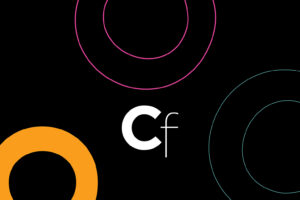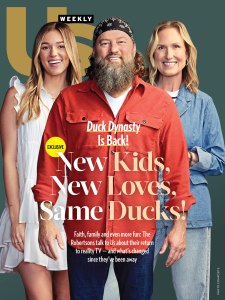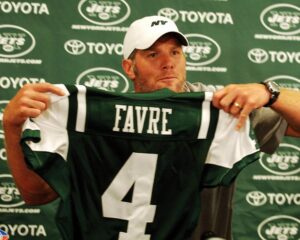Estate of Susan Rothenberg, Who Fused Symbolism with Abstraction, Joins Hauser & Wirth

Before her death in 2020, Susan Rothenberg said that she had not expected to receive “a lot of applause,” during the post-Minimal movement for her formally explorative, psychologically nuanced artwork, perhaps given its subject matter: big horses and, later, disembodied heads, limbs, and uncanny vistas. “They get you or they don’t,” she added.
Hauser & Wirth, a mega-gallery that spans three continents, has announced its representation of the Susan Rothenberg estate, alongside a promise to make the world “get” her innovative approach to abstraction. The artist will feature in Hauser & Wirth’s Art Basel presentation (June 17-22) followed by her first exhibition with the gallery, opening September 4 in New York. (From 1987 until her death, Rothenberg was represented by Sperone Westwater gallery, and the gallery then represented her estate.)
“She is not at the place in history where we feel she belongs,” Hauser & Wirth president Marc Payot told ARTnews. “When you think of her coming up in the 1970s, when painting was not in fashion and conceptual art was dominant—she, as a woman, doing what she was doing, was incredibly radical.” It is important, he said, that the gallery undo a couple of notions about Rothenberg: that she was primarily a painter of horses, and that her practice was limited to painting.
Rothenberg also made drawings, and had a symbolic vocabulary collected from her experiences in New York, where she had her first exhibition in 1975—of, yes, three monumental galloping horses—and eventual relocation to New Mexico to be with her husband, the artist Bruce Nauman. Her work presented people and animals in their joyful, if uncanny, entirety; or fragmented its subjects into, for instance, hands, hooves, and tongues. She refused to join group shows where she would be the only woman, just as her aesthetic rebuked simple classification. Elements of Color Field, Minimalism, and experimental dance mingled in her practice. (Among her friends was Joan Jonas, who she performed with when they were both students.)
To date, horse paintings have dominated her market, at least at auction. The two highest prices at auction for Rothenberg’s work were set for paintings of horses. Last fall, her 1976 painting United States II sold for $1.99 million at Christie’s, New York. It was a big jump from her previous record of $490,000, set in 2007, also at Christies. But at least one market observer has pointed out that the work goes way beyond horses. In a 2022 Artnet News piece about undervalued female artists born between 1930 and 1975, art advisor Ivy Shapiro told reporter Katya Kazakina, “Susan Rothenberg’s horses get quite a value in the market, but the work extends way beyond that.”
Rothenberg’s work is held in significant private and institutional collections worldwide, including the Metropolitan Museum of Art, the Whitney Museum, the Amsterdam’s Stedelijk Museum, and the Tate in London. Despite the critical acclaim Rothenberg’s oeuvre earned her, including a Guggenheim fellowship, she has been the subject of only two major surveys during her lifetime: in 1992, at the Albright-Knox Art Gallery, a museum she frequented growing up in Buffalo, New York, and in 2009, at the Modern Art Museum of Fort Worth.
Hauser & Wirth, Payot said, aims to deepen her legacy; he pointed out that Louise Bourgeois and Philip Guston, two artists with estates represented by the gallery, could, for example, provide poignant comparisons. Bourgeois, Payot added, resonated with Rothenberg’s introverted but “very rich psychological cosmos,” while Guston seemed to share her spirit: “Regardless of whether he or she was called, at the time, a ‘painter’s painter,’ regardless of the critical response, they both did what they needed to do, and for their entire lives.”



